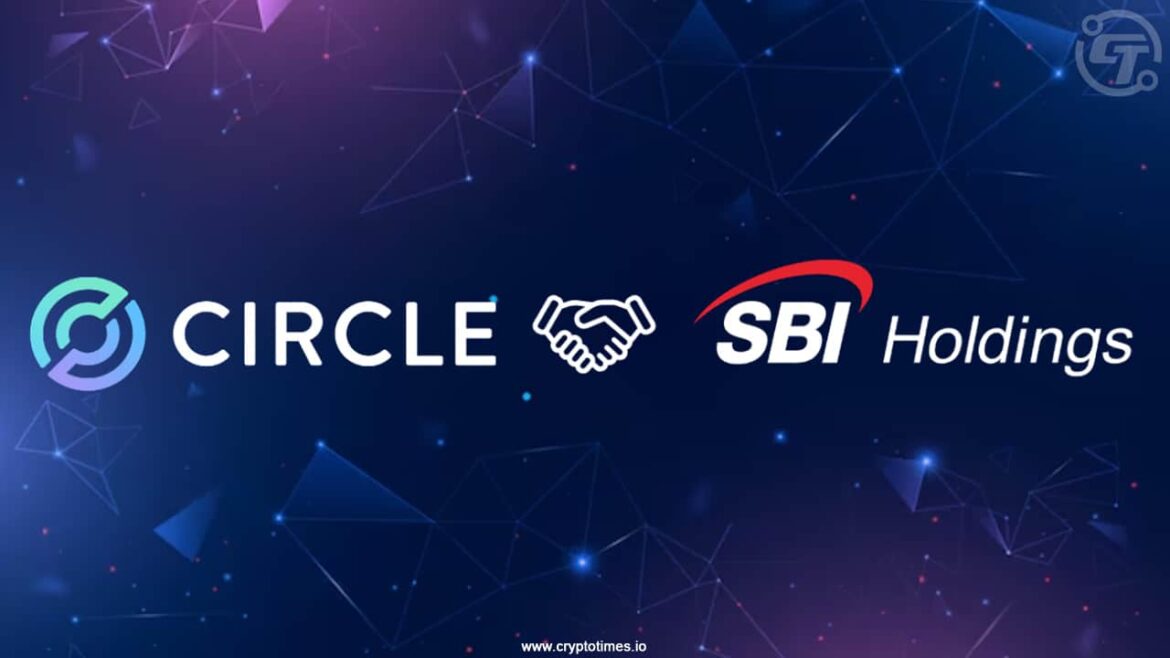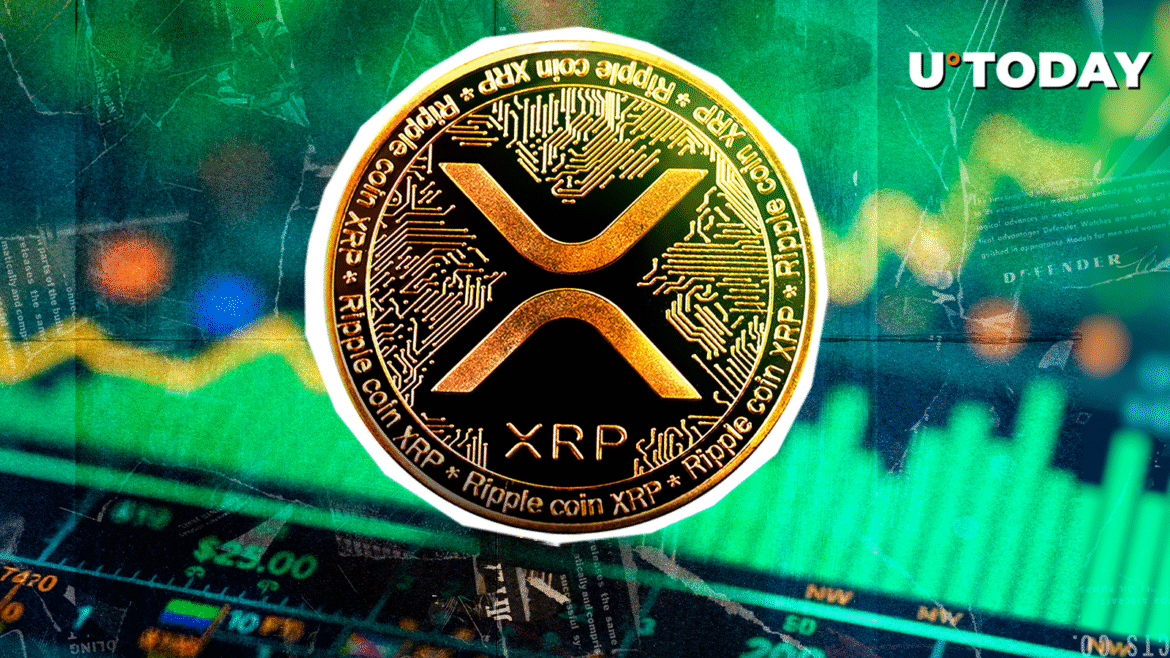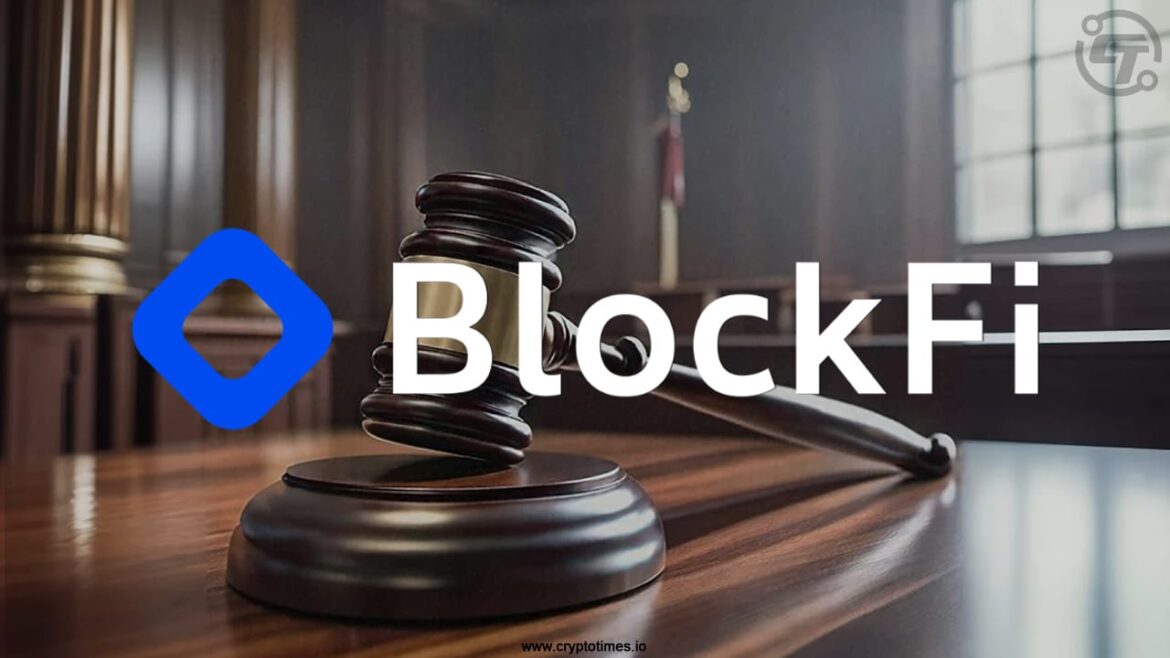Trusted Editorial content, reviewed by leading industry experts and seasoned editors. Ad Disclosure
The journey of XRP toward mainstream recognition is no longer theoretical, as businesses across different industries begin testing and adopting it in their financial operations. Because of this, the asset may play a much bigger role in global digital money in the years ahead.
Institutional Catalysts For XRP: Gemini’s Card & JPM’s Outlook
This week, Gemini released a big teaser in New York City. The company put up a huge wraparound billboard showing an XRP-branded Mastercard. On the card was the date August 25, 2025, and the words “Issued by WebBank.” Gemini also posted the picture on X with the caption “Prepare your bags.” The sign and the post suggest that a major launch is coming. Many people believe this date could be significant for XRP, because it may mark the start of a new product that connects the asset directly with the global Mastercard network.
Crypto commentator John Squire quickly reacted to the news. He said mass adoption “is coming fast” and added that the date “could change everything.” The idea of an XRP card is exciting because it could let people make payments using XRP or convert their assets into regular money during a purchase.
Another development came from JP Morgan as the bank released a report called “Sizing up the XRP ETP Opportunity.” According to a post shared on X by SMQKE, JP Morgan’s report suggests that XRP could generate $4.3 to $8.4 billion in its first year following the launch of an exchange-traded product. The bank also pointed out that the digital asset is very cheap to use, with each transaction costing only about $0.0004, which is far less than Ethereum or Bitcoin.
Global Payments Expansion: Europe & Japan
Ripple’s progress in Europe and the U.K. is also getting attention as the company’s system now fits with upgrades in the region’s payment networks. The SEPA Instant Credit Transfer scheme completes euro payments in under ten seconds, and its adoption is growing. In the U.K., the Faster Payments Service (FPS) is already moving trillions of pounds each year, and the Bank of England is modernizing its Real-Time Gross Settlement (RTGS) system to connect with new global standards.
The fintech company is collaborating with partners like OpenPayd to integrate these systems with Ripple’s On-Demand Liquidity (ODL) solution, which means XRP could be utilized as a bridge to facilitate swift cross-border transactions.
In Asia, Ripple is preparing to launch its Ripple USD (RLUSD) stablecoin in Japan during the first quarter of 2026. The rollout will happen through SBI VC Trade, which is part of SBI Holdings, a well-known Japanese financial company. RLUSD is backed by U.S. dollar deposits, Treasury securities, and other cash assets, with monthly audits to show transparency.
As of August, RLUSD already had a market cap of $666 million, making it the eighth-largest stablecoin in the world. Ripple’s entry into Japan comes as the country gets ready to approve its first official stablecoins, making this move very timely. The launch follows the company’s approval in Dubai earlier this year and adds another region where RLUSD can operate.
Fed’s dovish stance sends price soaring | Source: XRPUSDT on Tradingview.com
Featured image from Dall.E, chart from TradingView.com
Editorial Process for bitcoinist is centered on delivering thoroughly researched, accurate, and unbiased content. We uphold strict sourcing standards, and each page undergoes diligent review by our team of top technology experts and seasoned editors. This process ensures the integrity, relevance, and value of our content for our readers.










